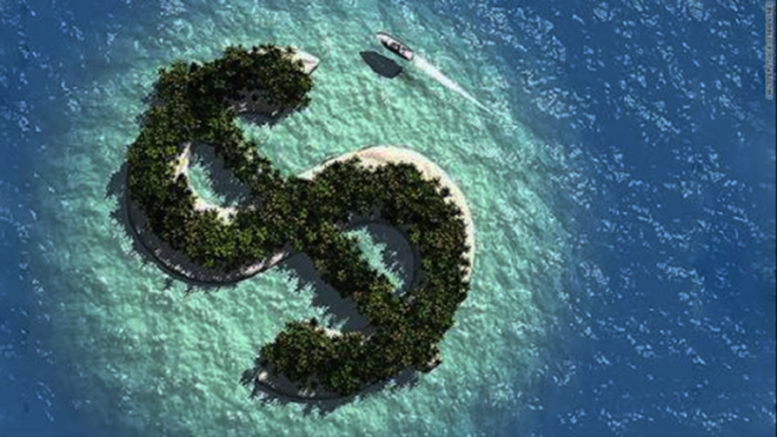This article by prominent Australian economist Professor John Quiggin, comments on what he thinks is going on with Adani’s Carmichael coal mine in Queensland’s Galilee Basin and the railway line to take the coal sea, when there remains uncertainty in government funding support and the growing evidence against the project’s economic viability.
A couple of days ago, Gautam Adani made the long awaited announcement that the Adani board had decided to proceed with the Carmichael mine-rail project in the Galilee Basin. As usual there was an asterisk. Construction work won’t start until Adani can get financial backing.
This was previously supposed to be in June 2017 (that is, within weeks) but has now been deferred until 2018. Still, Adani has opened a head office in Townsville, promises to hire up to 250 staff and is also saying it will begin pre-construction works like land clearing in the September quarter.
But on the same day, unnoticed by almost the entire Australian press, with the exception of Peter Hannam at the SMH with his article ‘Adani’s ‘green light’ on Carmichael coal mine more mirage than reality’, the board of Adani Power, the putative buyer of Carmichael Coal, made a much more consequential decision. They are spinning off the 4GW Ultra Mega Power Plant* at Mundra, along with a huge load of debt, into a subsidiary, provisionally called Adani Power (Mundra).
The plan it seems is to sell majority ownership, hopefully to the government of Gujarat, and thereby leave the slimmed down Adani Power with a manageable debt load, while it shifts further away from coal and into renewables.
But without Mundra, Adani Power won’t have nearly enough coal-fired plant to take up the output of even the first stage of Carmichael. And this “mine to plug” model was crucial to the viability of the project. Even if the modest recovery in thermal coal prices over the past year were sustained, Carmichael couldn’t cover its costs by selling on the world market.
So what is Adani up to? I’ve thought about a bunch of hypotheses and now I have one that I think makes sense. Adani doesn’t want to write off the $2 billion or so it’s already put into acquiring the mine site, but it also doesn’t want to throw good money after bad.
Suppose that Adani gets $1 billion in loans from the Turnbull-Canavan Northern Australia slush fund to build the rail line, which is owned by a separate Adani company in the Cayman Islands. They could use that money to get started on the rail line, while discovering yet more reasons not to start spending their own money on the mine.
That would buy them perhaps a couple of years during which something might turn up. The price of coal might go up a lot and the Hancock-GVK Alpha project might somehow be revived. If so, the rail line could be viable even without Carmichael.
And, if nothing did turn up, Adani would have bought a couple of years breathing space before writing off the losses that have already been incurred, without spending a significant amount of its own money. Adani (Caymans) would slide gracefully into bankruptcy and the Australian public would be left with a half-built rail line to nowhere and a billion-dollar hole in our collective pockets.


Be the first to comment on "John Quiggin asks if Adani will leave a $1 billion black hole"